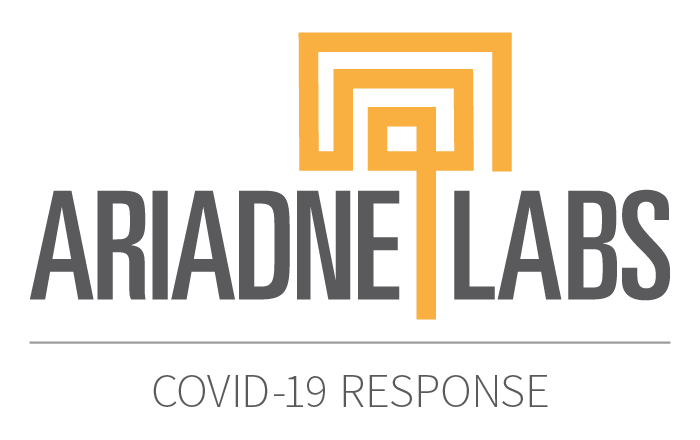Pandemic precautions are now in place. Zero visitation policies at hospitals mean no one besides patients are allowed into the facility. Zero—no family members, no friends, no loved ones. It goes against our humanity and everything we, as health care providers, have done in the past, but it is a necessity, with no room for error.
These policies are stressful, both for health care workers faced with enforcing them, and for anxious family members waiting for news of their loved ones. A wife sitting in the parking lot in her car waiting for her cell phone to ring to with an update on her husband’s cardiac status, a woman alone in labor with her first child and a partner and family waiting to hear any news, a care team deciding if life-support will be removed from a palliative care patient. This is the new normal—a patient goes in the door, and the rest of the world stays outside.
Pandemic precautions require this degree of restriction to protect both staff and patients; however we can still provide safe, effective communication that supports dignity and respect, information sharing, participation and collaboration. These are the core principles of Patient and Family Centered Care.
We can build on current systems and processes to ensure that when one door closes, another door opens. Facilities can establish a reliable communication system that supports patients and families with a flow of information, while balancing the burden bedside providers are also facing. We must. It may be our family today or tomorrow, and we know it is not acceptable to have no access to our loved ones.
A call to action to support a patient and family communication system—whether it be by phone or video—is necessary to provide support and empathy to those on both sides of the bed. The focus on the importance of patient and family centered care cannot be lost now.
Where do health care administrators and non-clinical staff start today?
Communicate with patients and families
- Communicate the Zero Visitor Policy numerous times and in different ways so people can plan for and not be surprised by the restrictions. Make the policy clear to patients and families in a single message, avoiding the need to download or read through long policies.
- Encourage patients to bring WiFi enabled tablets, computers, or other devices and any needed charging cables so that they can communicate directly with their family members.
Develop department level plans
- Explore how other areas have been providing these services already. Surgery waiting rooms are a good place to start. They have had systems in place to manage family communications for a long time. Focus on the process, then create a pathway to spread it to the whole hospital.
- Develop a schedule with patients and families so they have established touchpoints for communication. Bundling the times when communication will occur, such as even or odd hours, will make it easier to do the right thing.
- Designate the staff person(s) that families can reliably reach out to or expect to hear from. Design a schedule of staff with contact numbers or emails. Add this information to existing patient whiteboards for the care team to have easy access.
- Provide charging stations and/or cell phones to patients who do not have access or were unable to bring their own.
- Consider re-allocating ambulatory clinicians, including social workers, advanced practice practitioners, nurses, and patient liaisons, to be responsible for patient and family communication.
Assess technology and electronic medical record settings
- Ensure that staff have access to patient’s health care proxies and living wills by designating an email address or fax number. In these extreme conditions HIPAA regulations need to support, not provide a barrier to, health information and end of life care plans.
- Undertaking an inventory of the technology and human resources already in place is a good place to start.
- Test WiFi loads and capacity throughout patient care areas.
- Redeploy language line technologies until specifically needed.
What do we have, and what will we need?
Take stock of technology resources by immediately initiating an inventory of all available telehealth resources from the board room, to the nursing station, to the ambulatory areas. Focus on enhancing communication, or at a minimum having a plan for communication. This new world is no longer about improving patient satisfaction and engagement scores. Our action now needs to be focused on establishing a system to relieve the burden and stress of the not knowing—not knowing if your loved one is improving or their status is declining, not knowing if they are able to communicate their needs to the bedside caregiver, not knowing if their wishes for end of life care are known, and not knowing anything—an absolute void of information when patients are too critical to be able to communicate to their families.
In the midst of a pandemic, we need to ensure that we do all that we can to reduce the stress and burden, and this is an area where we can make an impact for all. We have control over this, at a time when there are so many things we cannot control.
Together we can do this, start today.
Evan Benjamin, MD, MS, Chief Medical Officer, Ariadne Labs
Sue Gullo, RN, MS, Director of Implementation, Ariadne Labs
Francine Maloney, MPH, Assistant Director, Implementation Platform, Ariadne Labs


